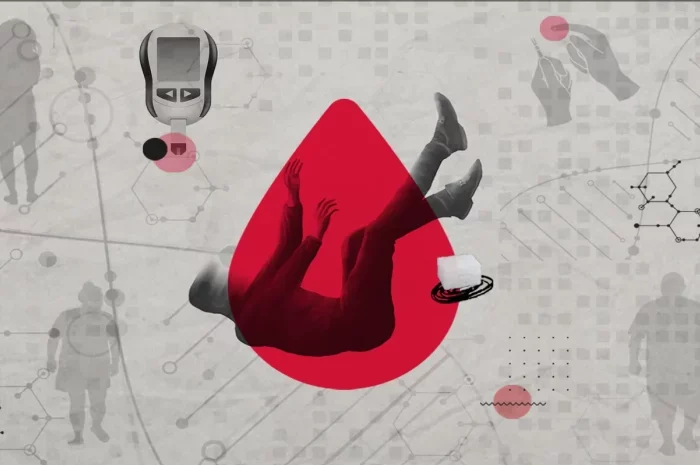Type 2 diabetes is a chronic metabolic disorder characterized by high blood sugar levels due to insulin resistance and inadequate insulin production. It affects millions worldwide, presenting a significant public health challenge. Despite decades of research, the exact cause of type 2 diabetes remains elusive, with numerous factors contributing to its development. In this article, we delve into the multifaceted nature of type 2 diabetes etiology, exploring genetic predispositions, lifestyle factors, environmental influences, and emerging hypotheses.
Genetic Predispositions
Genetics plays a crucial role in predisposing individuals to type 2 diabetes. Family history significantly increases the risk of developing the condition. Genome-wide association studies (GWAS) have identified numerous genetic variants associated with type 2 diabetes, highlighting the polygenic nature of the disease. Variants affecting insulin secretion, insulin sensitivity, and beta-cell function contribute to its pathogenesis. However, having these genetic predispositions does not guarantee the development of diabetes; environmental and lifestyle factors also play pivotal roles.
Lifestyle Factors
The modern lifestyle characterized by poor dietary habits and sedentary behavior has been strongly implicated in the rising prevalence of type 2 diabetes. Excessive calorie intake, particularly from refined carbohydrates and sugary beverages, contributes to weight gain and visceral adiposity, exacerbating insulin resistance. Sedentary lifestyles further exacerbate this metabolic dysfunction by reducing insulin sensitivity and impairing glucose uptake by muscles.
Obesity, particularly central adiposity, is a significant risk factor for type 2 diabetes. Adipose tissue secretes pro-inflammatory cytokines and adipokines, disrupting insulin signaling pathways and promoting insulin resistance. Moreover, excess adiposity leads to dyslipidemia and ectopic fat deposition in organs such as the liver and pancreas, further impairing insulin sensitivity and beta-cell function.
Environmental Influences
Environmental factors, including socioeconomic status, access to healthcare, and urbanization, influence type 2 diabetes risk. Socioeconomically disadvantaged populations often face barriers to accessing healthy foods, safe recreational spaces, and medical care, predisposing them to obesity and diabetes. Urbanization is associated with changes in dietary patterns, increased sedentary behavior, and exposure to environmental pollutants, all of which contribute to the diabetes epidemic.
Emerging Hypotheses
Recent research has unveiled novel mechanisms underlying type 2 diabetes pathogenesis, challenging conventional paradigms. The gut microbiome, for instance, has emerged as a key player in metabolic health. Dysbiosis, characterized by alternations in gut microbial composition and function, has been implicated in insulin resistance and inflammation. Moreover, the gut microbiota modulates bile acid metabolism, affecting glucose homeostasis and energy expenditure.
Another intriguing hypothesis involves the role of circadian rhythm disruption in diabetes development. Circadian misalignment, stemming from shift work, irregular sleep-wake patterns, and nighttime exposure to artificial light, disrupts metabolic homeostasis, impairing glucose tolerance and insulin sensitivity. This underscores the importance of maintaining a regular circadian rhythm in preventing type 2 diabetes.
Conclusion
Type 2 diabetes is a complex and multifactorial disease influenced by genetic, lifestyle, environmental, and emerging factors. Understanding its etiology requires a holistic approach that considers the interplay between genetics, behavior, and environmental exposures. Addressing the diabetes epidemic necessitates multifaceted interventions targeting dietary patterns, physical activity levels, socioeconomic disparities, and emerging risk factors such as gut dysbiosis and circadian disruption. By elucidating the underlying mechanisms driving diabetes pathogenesis, we can develop more effective prevention and treatment strategies, ultimately mitigating the burden of this chronic disease on individuals and healthcare systems worldwide.



























